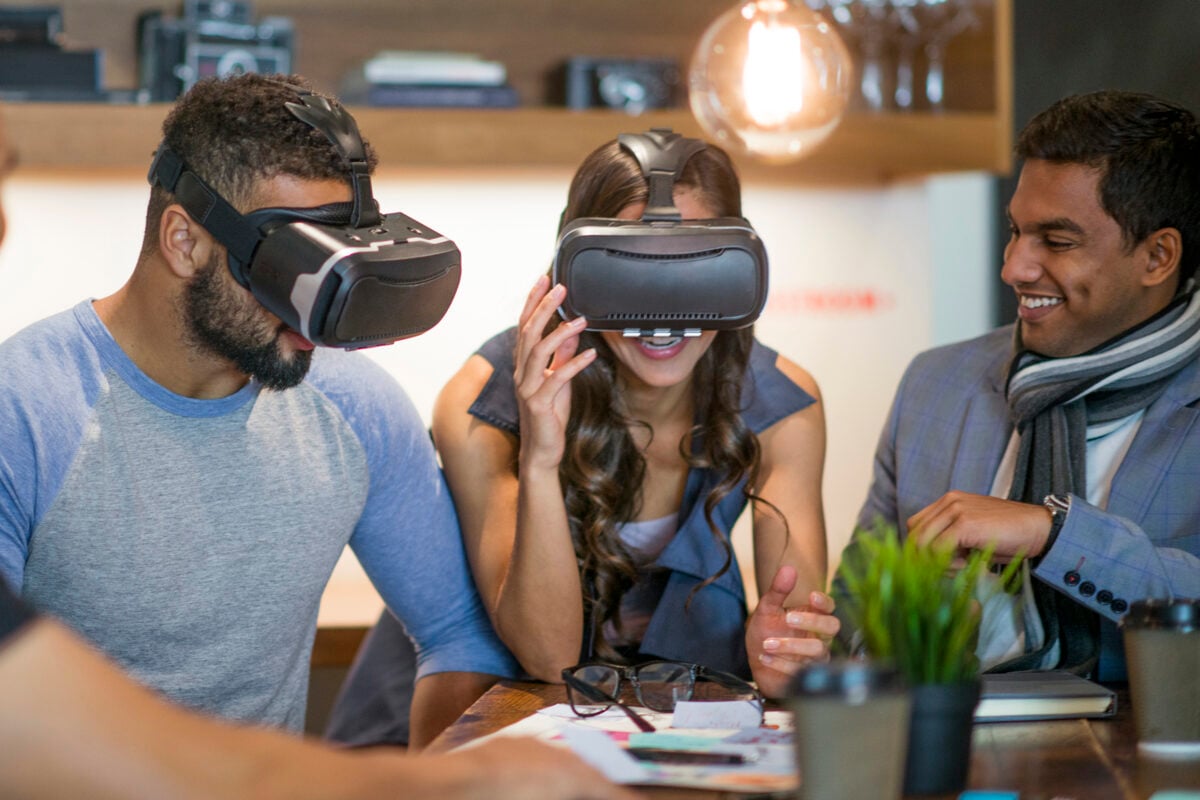Today, people consume news and information in any manner they want. Whether that is scrolling Facebook or Instagram, setting up news alert push notifications, receiving email delivery of daily news briefs, listening to a podcast or maintaining trust in traditional methods, such as watching the morning show or reading a physical newspaper delivered to your front door, or a hybrid approach to these channels — it’s completely up to the individual.
Just as people get to decide how to take in news and information in their personal lives, the same concept must be applied in the workplace. Communicators must offer people information they need to do their jobs in ways that they want to consume.
With most workplaces seeing up to five different generations in their workforces, a single-channel, push approach will not satisfy most employees’ communication preferences. Instead, communicators should consider generational preferences and audience profiles to deliver messages that will cut through the clutter and be received.
Let’s take a deeper look at the five generations in the workplace:
Communicating with Multiple Generations
Communication teams must recognize that each generation brings unique needs, ways of learning, preferences and experiences to the table. The only way to understand what’s most important to your employees is through conversation. Seek to understand what matters to each employee and the channels they prefer when receiving company communications.
Generational preferences and differences should be embraced as an opportunity for diversity in opinions and experiences that contribute to a richer workplace culture. Together, an organization can have a well-rounded workforce that leverages the strengths of each generation to better face challenges.
Are you interested in understanding the communication preferences of each of your workplace generational audience groups? At JPL we can help audit your internal communications programs, identifying best practices and areas for improvement, while developing audience profiles to guide your strategic communications. Reach out.
Note: The above article highlights generational attributes, traits and preferences. These points are not meant to infer stereotypes about each group, but rather characterizations of each generation to help provide informed direction on how to connect and communicate. These attributes do not apply to each individual in a generation.
Resources:
https://hbr.org/2021/08/how-to-manage-a-multi-generational-team
https://www.gallup.com/workplace/336275/things-gen-millennials-expect-workplace.aspx
https://www.pewresearch.org/fact-tank/2019/01/17/where-millennials-end-and-generation-z-begins/




